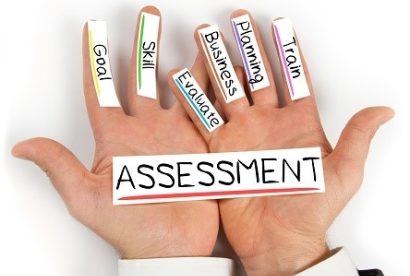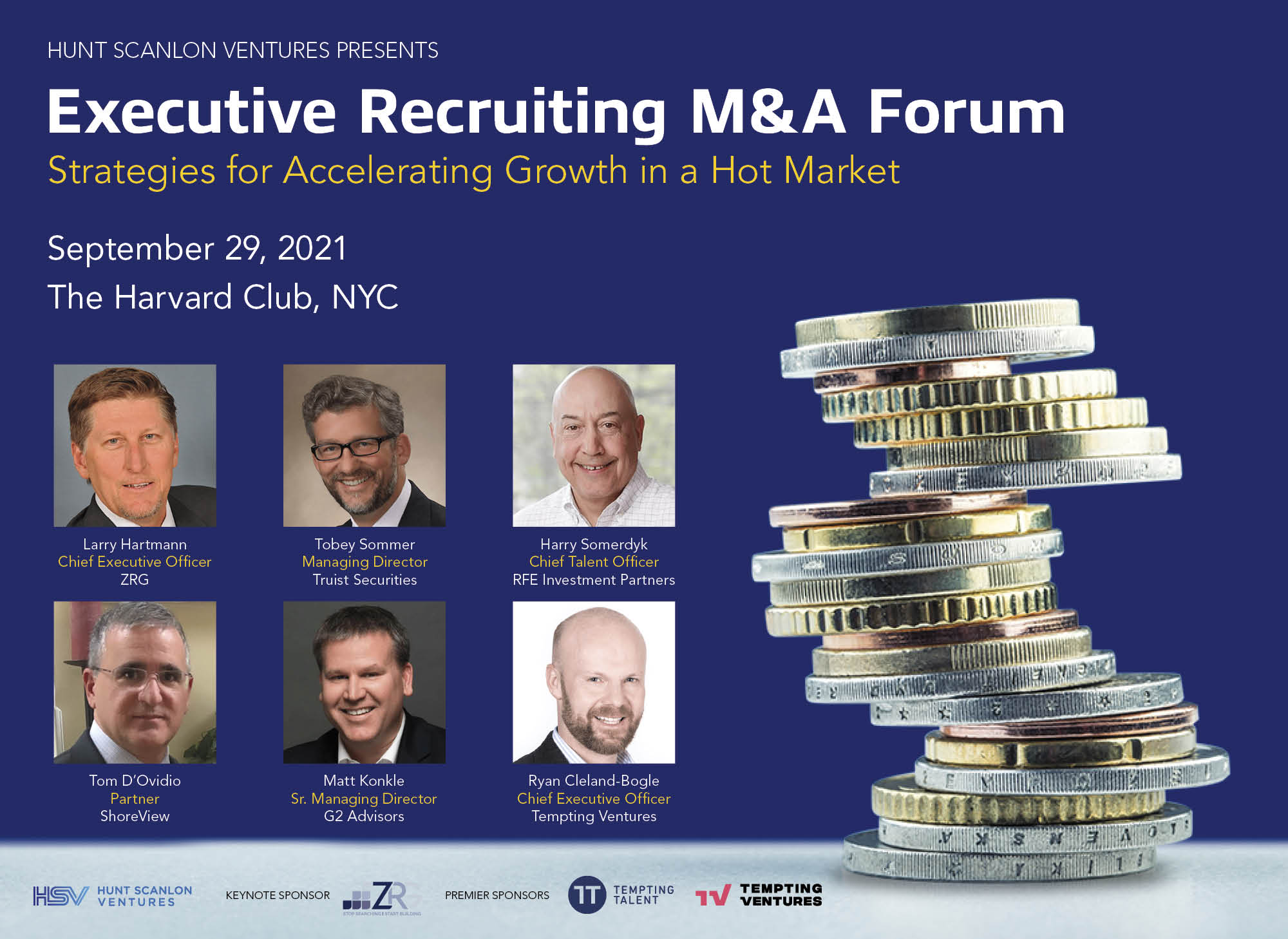3 Ways Assessments Can Go Wrong and How to Get Them Right

June 19, 2018 – With the accelerated pace of change and constant potential for disruption, the costs of getting important leadership decisions wrong – whether for selecting senior leaders, leadership development or succession planning – have never been higher.
Despite these risks, many organizations underestimate the importance of a robust assessment process, according to a new report issued by Spencer Stuart. The study was authored by search consultants Steve Kelner, Filomena Leonardi, Laura Menezes, and Nicolas von Rosty.
“In addition to providing insight into the decision-making model, a thoughtful assessment ensures that great internal talent is not overlooked, and that an executive in a new role – whether internal or external – is given optimal onboarding support,” the report said. “Assessment for hiring is fundamentally challenging because of the need to look for a correlation between what executives have done in the past – previously demonstrated ‘markers’ of performance or fit – and how they might perform in a new situation.”
Multiple search consultants have said that selecting the right variables to assess is difficult. The challenge is further compounded by the unspoken expectation of finding the “perfect” person for a given role, which can come at the expense of a realistic assessment of individuals’ gaps and inherent risks.
Leaders employ many methods when trying to make senior leadership decisions, Spencer Stuart said, and some are more effective than others. In the firm’s work with companies conducting their own assessments, Spencer Stuart said it has seen three main areas, or reasons, where assessments can fall short:
1. Failing to Consider the Context
“Context is a crucial factor when assessing a leader’s potential to be successful in a given role, since what makes a leader successful in one position won’t necessarily translate to another,” the search firm said. “The business environment, strategy, organizational culture, stakeholder needs and expectations, and the complexity of the situation all affect the relevant set of leadership capabilities, expertise and styles.”
Understanding the position’s context is particularly critical when considering the selection of finalist or shortlisted candidates, said Spencer Stuart. Companies can focus too intensely on hiring the “ideal” leader, rather than seeking a more pragmatic candidate for a particular situation. And this pursuit of the perfect can have wide-reaching ramifications – a company seeking someone who checks every box may be unprepared when inevitable gaps appear in the hire’s skill-set. A well-defined context, together with a reliable and objective assessment process, will help frame the strengths and limitations in a realistic way, which allows for appropriate risk-management and onboarding strategies.
 Analytic and Assessment Tools Gain Traction Among Headhunters
Analytic and Assessment Tools Gain Traction Among Headhunters
Search firms continue to expand into new areas whether it be via acquisition, alliance or launching new services. The trend has been seen at large recruiters and small boutiques alike as recruiters hope to provide clients with best-in-class services …
“A thorough understanding of context also enables the realistic assessment of individuals’ potential gaps in capabilities and knowledge – which even the most successful executives will inevitably have – that could be addressed through the onboarding program or development plans,” the report said.
2. Falling Prey to Unconscious Bias
Research shows that we are predisposed to trust people who are like us – people who, for instance, attended the same college, played the same sport or had a similar career path. “This inclination unconsciously drives us to ascribe positive qualities to those who share similar backgrounds and even assume certain capabilities that they may or may not have,” said Spencer Stuart. “Other forms of unconscious bias, such as assumptions made based on style, gender, nationality or language fluency, can lead us to attribute positive or negative qualities to individuals that have nothing to do with their real abilities or style. Instead, they might be expressed as an impression or a gut feeling.”
Unconscious bias can vary between cultures. In the U.S., extroverted, larger-than-life personalities tend to be viewed favorably – the assumption being that they are more engaged and have a greater capacity to inspire, said the search firm. More reserved people, meanwhile, can be seen as lower energy and less connected than their showier counterparts. In other countries, though, such as Germany or Japan, the opposite can be true; a more reserved style may be perceived as more committed, serious or reliable, and possibly reflective of a more deeply engaged style of leadership, whereas outgoing people may been seen as egotistical or overly aggressive.
Related: Game Changing Assessment Tools Coming to a Recruiter Near You
Spencer Stuart said that while it is valid to consider a candidate’s personality and background as part of the “total picture,” the use of these variables becomes an issue when they are used as proxy for culture fit or as evidence of particular capabilities. Indeed, research finds that only 10 percent of job performance can be attributed to personality, even in lower-level positions.
3. Using Flawed Criteria
Did a person work “too long” in a certain role or company, or not long enough? Does experience at a leading investment banking or consulting firm mean a person has strong analytical or strategic capabilities that translate into a top leadership role, or that they are likely to struggle in an operational role? “The use of particular facts – about a person’s experience, academic pedigree, work at previous companies or career choices – as indicators of specific capabilities or leadership traits is another common assessment pitfall,” the report found.
Related: An Inside Look at Recruiting in the Big Data Sector
Working too long or not long enough at a given company may be seen as indicators of qualities such as resilience, the ability to commit or the ability to adapt, said Spencer Stuart. Similarly, correlating the performance of an individual with a company’s performance can lead organizations to assume someone from a highly successful business will be a high-performing leader (even if company performance has more to do with outside circumstances, say, strong commodity prices, than leadership). Or talented people may be overlooked if their career history includes a poor-performing or scandal-tinged company. Another potential pitfall in this category is over-weighting technical expertise at the expense of a deeper investigation of a person’s leadership capabilities and traits.
Getting It Right
So how can organizations avoid these mistakes and improve their ability to make critical senior leadership decisions? The way to get assessments right is to commit to a thorough assessment process that provides insight about a given candidate – including the individual’s potential, strengths, gaps relative to the requirements for the role and the risks associated with the collective traits, said the report.
Effective assessments, according to Spencer Stuart, do the following:
- Begin with an exhaustive definition of the role and its organizational context. Drawing on input from multiple stakeholders, Spencer Stuart said the first step of an assessment is to explicitly articulate goals, situations and challenges pertaining to the role. Research has consistently shown that executive performance largely hinges upon how well the individual’s capabilities, leadership style and expertise align with the specific nature of the role and situation.
 Five Ways HR Can Maximize Data and Analytics
Five Ways HR Can Maximize Data and Analytics
Big data is rewriting the script for how companies around the world do business. The market for big data and business analytics is expected to grow to $203 billion in the next three years. For human resources, the implications include better and more efficient talent management processes, greater insight …
- Measure the candidate’s competence in capabilities that are explicitly relevant to the role in the given organizational context. Unconscious bias and flawed criteria creep in when assessments are allowed to stray from rigorously developed criteria based on the role’s specific demands. “An effective assessment scores leaders on an objective set of leadership capabilities, so individuals can be directly compared to one another and to the requirements of the role,” the report said. “It’s also important to objectively evaluate leaders’ character and personal style to appraise how they fit with the organizational culture, a crucial point of a leadership transition.”
- Determine the potential for change and adaptability of the individual to the new situation. A leader’s existing knowledge and relationships can only go so far when navigating new challenges or moving higher in an organization. In a perpetually shifting landscape, an assessment should also examine an individual’s ability to develop new capabilities, overcome development gaps and adapt to the changing demands of the business, the study found.
Related: Assessment Tools to Play Bigger Role in Hiring
- Obtain observations and data points through multiple sources or tools. Research has shown that one assessment method is never enough. To provide a fuller and more accurate picture of an executive’s potential and abilities – and prevent any one capability or area of expertise from dominating the picture – assessments should combine experience-based interviews, interpersonal-style questionnaires, live-case-based demonstrations, 360-degree referencing and/or surveys. “Indeed, the pull of unconscious bias can be so strong that some organizations have two people interview candidates together so the team can corroborate impressions and ensure observations are tied to objective measures,” Spencer Stuart said.
- Clearly articulate an honest and realistic evaluation of risks and gaps associated with a specific potential appointment. A thorough assessment of an individual based on the context of the role will highlight any gaps in knowledge or capabilities, said the report, providing the foundation for an actionable development and/or onboarding plan.
“The most valuable outcome from an assessment is the determination of an individual’s potential to perform well in a given role, in light of his or her strengths and gaps – and gain important information on how to best optimize her potential for performance, or manage the risks, in that specific context,” the study concluded. “By thoroughly evaluating the role and the candidate, and being aware of candidates’ individual needs and potential blind spots, companies can find leaders who will direct their organization onward and upward.”
Related: For Executive Search Firms, Analytics Can be a Game Changer
Contributed by Scott A. Scanlon, Editor-in-Chief; Dale M. Zupsansky, Managing Editor; Stephen Sawicki, Managing Editor; and Will Schatz, Managing Editor – Hunt Scanlon Media












